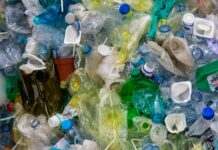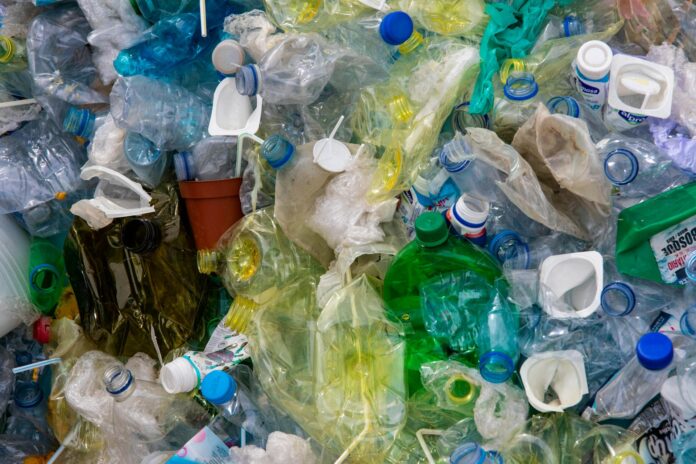Plastic pollution is a growing problem worldwide — but who’s to blame, and what can we do to stop it? A team of researchers sought to answer this question through a five-year audit of plastic waste around globe, using brand names printed on the plastic to link the products back to the culprits responsible.
The study, which included contributions from the School for Resource and Environmental Studies at Dalhousie University, was published in Science Advances.
Who’s responsible for the plastic problem?
Plastics are one of the most common pollutants across the globe, and in recent years, this has only gotten worse. The Canadian government wants to address this problem — but to do so, we need to know where all this plastic is coming from. This was the main goal behind the present study.
To trace the plastic problem back to its roots, the international team of researchers behind the study carried out a five-year (2018 to 2022) audit of plastic waste in 84 countries around the world. They used data from over a thousand #BreakFreeFromPlastic Brand Audit events, during which more than 100,000 community science volunteers searched for and logged brand names and logos on plastic waste items. Altogether, the study included more than one million pieces of plastic pollution.
The team found that more than 50% of these items were unbranded, suggesting that clear standards and policies are needed if we want to identify where plastic waste is coming from. In their study, the researchers suggest the creation of an international open-access database into which companies must track and report the plastic products they’re creating and distributing.
Of the remaining branded items, The Coca-Cola Company was responsible for the plurality, with 11% of all waste items able to be traced back to the company. PepsiCo followed behind with 5% of items, while Nestlé and Danone were both responsible for an additional 3% each, and Altria was responsible for 2%.
Overall, just 56 companies contributed to more than 50% of the branded plastic items categorized.
Food and beverage companies dominated the plastic waste items, indicating that this is an area we need to focus on if we want to address the plastic problem. By phasing out single-use plastic products such as cutlery where possible, we could cut down on a large portion of plastic pollution worldwide.
The need for a Global Plastics Treaty
The researchers stress that we need to hold these companies accountable to clear, actionable policies when it comes to plastic pollution. This week, countries are meeting in Ottawa to make progress on a Global Plastics Treaty — a treaty which would address these problems head-on.
“Our study underscores the critical role of corporate accountability in tackling plastic pollution,” said Dr. Lisa Erdle, Director of Science & Innovation at The 5 Gyres Institute and co-author of the study, in a press release.
“We, as individuals, are not responsible for the plastics crisis; the onus lies on these 56 global companies to take decisive action. I urge world leaders […] to listen to the science, and to consider the clear link between plastic production and pollution during negotiations for a Global Plastics Treaty.”
While world leaders must take action if we want to curb plastic pollution, you can also help by participating in a future #BreakFreeFromPlastic Brand Audit event. To learn more, or to organize your own event in the future, visit #BreakFreeFromPlastic online.







































